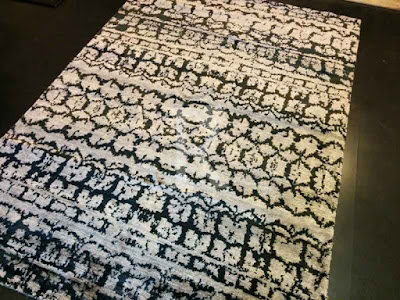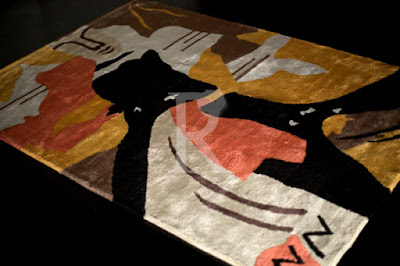How Is A Wool Carpet Is Made?
Wool is one of the first materials ever used by humans - it’s been with us since the dawn of civilization; the first evidence of sheep being domesticated for wool.
1. Sheep:
The first part of the process - naturally - is to get some sheep.
2. Shearing :
Once the sheep are ready (this can come at different times of the year depending on the breed and the climate) they are shorn, their fleeces removed and ‘skirted’ .
3. Washing and Scouring:
The fleece is then washed -the process is complex and delicate; care must be taken that the wool isn't agitated too much, or it will ‘felt’, the fibres matting together into clumps.
4. Picking :
Once the wool has been scoured, it goes through a process of ‘picking’ - this process separates the groups of fibres into small pieces.
5. Carding :
Picking is followed up with ‘carding’, running the wool over a surface covered with tiny metal rods - rather like a hairbrush - which helps to further tease out and disentangle the individual strands. This make them into a more consistent, uniform material,
6. Spinning :
Once the wool has been divided into roving, it is spun - the roving is gently removed from the rolls and transferred to smaller spools.
This is then twisted to make yarn; by twisting several thin strands together, thicker, heavier yarn can be created - the number of strands translates to the ‘ply’ - for example, 3 ply yarn is made up of three smaller strands. Most carpet yarn is two or three ply, which has more resistance to flattening and wear than single-ply yarn.
7. Dyeing :
Once the wool has been turned into yarn and spooled onto bobbins, it is dyed - it is usually placed in vats of dye mixed with water, and heated to high temperatures to help ‘set’ the colour.
8. Construction :
Now you have your coloured yarn, it’s time to make the carpet!
9. Finishing :
There are several process which ‘finish’ a carpet.
For More Details you can visit: www.carpetcouture.com




Comments
Post a Comment